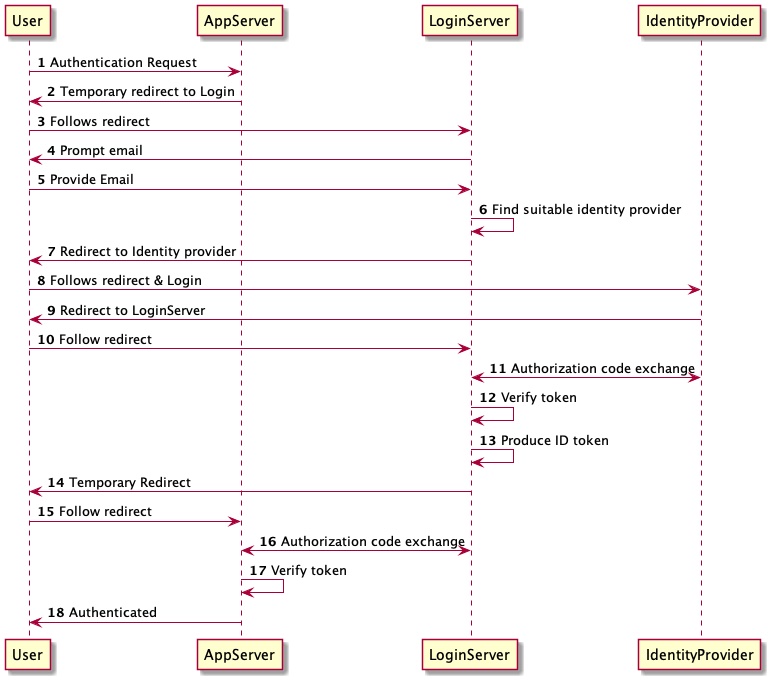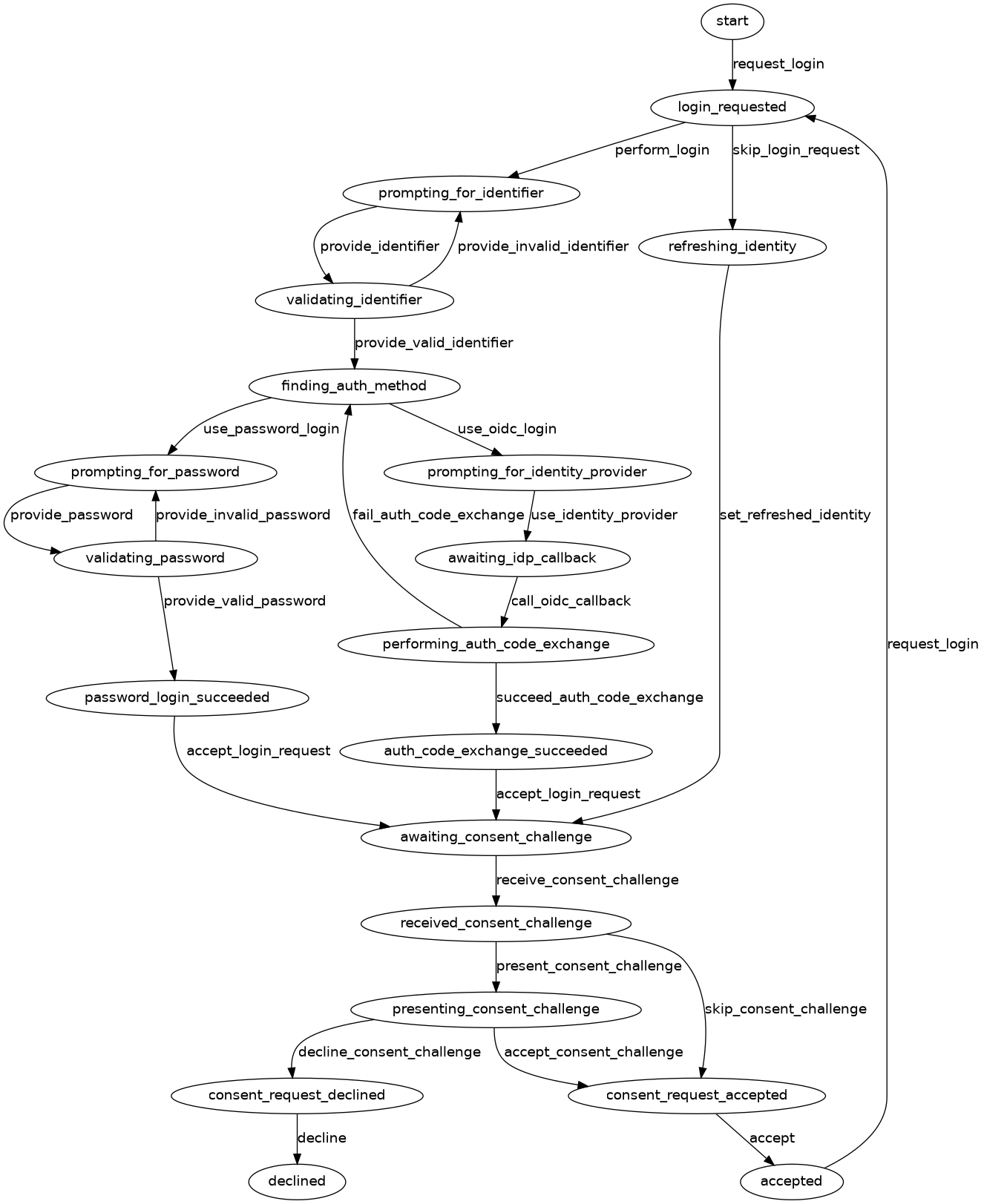core-uganda-pilot
Identity
Core allows staff from organizations to log in through their usual OpenID Connect provider (Okta, etc.). Often, organizations require other users (collaborators, donors, external parties, beneficiaries) to have access to parts of their system as well.
This document explains how Core handles such scenarios.
- An organization is registered in Core. The organization is configured with an Identity Provider that corresponds to their staff identity provider.
- An organization requires that an external person which is not part of their staff identity provider to contribute to their data. A member from the organization sends an invitation to the third party using Core.
- The third-party collaborator receives the email invitation.
- If the third party does not possess an account on Core, the third party will be prompted with a dialog to register an account.
- If that person already has an account on Core, then the user can accept the invitation from the organization.
- Core is configured so that certain email addresses match certain organizations, and redirect them to the proper Identity Provider. For example, emails ending in nrc.no will have to login through the Norwegian Refugee Council identity provider. If the email of that third party matches one of the configured emails, then that person must login through that identity provider. Otherwise, that person will need to create an account with an email/password.
- All user accounts directly provisioned through email/password are global. They would be shared between multiple organizations.
Note that inviting a person to an organization does not grant that person any access out of the box. Access to specific resources will have to be provisioned separately.
That is a great usecase for authenticating external donors, partners, lawyers, specialists, or beneficiaries to certain parts of the system.
Example Organization <-> External Person
- Organization NGO A is registered on Core. Emails with domain xxx@ngoa.com are configured to login with an identity provider Okta. Alice is the administrator of NGO A
- Organization NGO A requires John to have access to some documents. Alice uses Core to send an invitation to John to join the NGO A organization. Alice can speficy that John should only have access for a specified period of time (1 month)
- John receives an email in his john@gmail.com inbox to join NGO A on Core
- John clicks on the link, and is prompted with a Sign Up screen. John fills up the necessary information.
- John sees the invitation from NGO A and accepts to collaborate.
- John is now part of the NGO A organization.
- John can leave NGO A at any time.
- NGO A can remove John as a collaborator at any time.
Example Organization <-> Organization
- Organization NGO A is registered on Core. Emails with domain xxx@ngoa.com are configured to login with an identity provider Okta. Alice is the administrator of NGO A
- Organization NGO B is registered on Core. Emails with domain xxx@ngob.com are configured to login with an identity provider Github. Bob is the administrator of NGO B
- Alice needs Mark, a member of NGO B, to collaborate with NGO A.
- Alice uses Core to invite Mark to join NGO A by sending an invitation. Since the collaboration is temporary, Alice specify that Mark should only be allowed to collaborate for the next 2 months.
- Since Mark has an email mark@ngob.com that is already configured on Core for NGO B, he receives an invitation to join NGO A. Mark does not need to signup on Core since he already has an account.
- Mark approves the invitation from NGO A and can now collaborate.
- Mark can leave the NGO A organization at any time.
- Alice can remove Mark as a collaborator of NGO A at any time.
- After 2 months, Mark can no longer collaborate with NGO A since the specified 2 month period has elapsed.
User Login Sequence

User Login States
